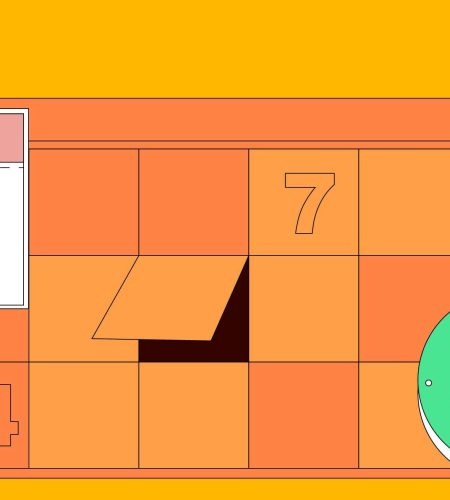Trading Option Calendar Spreads
Being long a calendar spread consists of a selling an option in a near-term expiration month and buying an option in a longer-term expiration month. The options are both calls or puts, have the same strike price and the same contract. There are always exceptions to this.
One reason to buy a calendar spread — also referred to as a horizontal spread and a time spread — is because of its low-risk and profit potential from the passage of time. This may be due to known events, such as an economic report or an election, that you feel will not move the market as much as anticipated.
Let’s look at an example.
How an option calendar spread works – an example
A trader believes that the market will be very quiet and stable until after September expiration, when she believes that the market will rally tremendously.
She could just buy a December call. The December call premium, however, will be expensive due to the amount of time left in that option.
She can offset some of that premium by selling a shorter-term call. This is referred to as buying the calendar spread: Sell 1 September 2440 call and buy 1 December 2440 call for a net premium of 33.75.
In the best-case scenario, the market stays stable until after September expiration.
Let’s look at a few possibilities.
Exploring the possible outcomes in September
It’s now September and the underlying futures have fallen dramatically to 2000. The trader’s short call expires worthless – allowing her to keep the premium collected from the short leg of the spread. She still is long the December call, but the value has decreased due to the market drop.
Her maximum loss is only 33.75 – the initial cost of the spread. Had she purchased the December call only, the loss would have been 70.50.

Conversely, if the market rose to 3000 before September expiration, her short September call would be worth 560.00, and her long December call would be trading close to parity at 560.00. The spread is worth zero, and she is out the premium of 33.75. In this case, had she purchased the December call only, it would have been very profitable.

Say we’re at September expiration, and the futures prices have not moved. In this case, the September call expires worthless. The December call is at the money with three months remaining. It still would be worth about 50.00 – minus the spread cost of 33.75, netting the trader a profit of 16.25 if she sold the December call, thus closing out her position.

Possible outcomes at December expiration
Following her initial instinct, she keeps the December call, hoping for a rally. Come December, let’s look at the different scenarios.
If the underlying future dropped to 2000, the December call expires worthless. She would net lose the 33.75 from the spread versus losing the 70.50 premium had she bought the December call alone.

This also would be the case if the futures didn’t move and stayed around 2400. She would lose 33.75 on the spread versus the 70.50 had she bought the December call alone.

We had said the best-case scenario would be the market stabilizing until after the September expiration. If futures rose to 3000, the December call would be worth 560, Less the spread cost of 33.75, this nets her a gain of 526.75.

Conclusion
As we’ve seen, the trader can design a spread position that minimizes her loss potential while leaving open the possibility of tremendous profit.
Another trader may sell the calendar spread if they feel the underlying will have dramatic moves in the near term and stabilize on a longer time horizon.
Traders may have a complex view of future market activity and implied volatility.
Calendar spreads are one tool for traders to express their views within a certain timeframe.

Comments